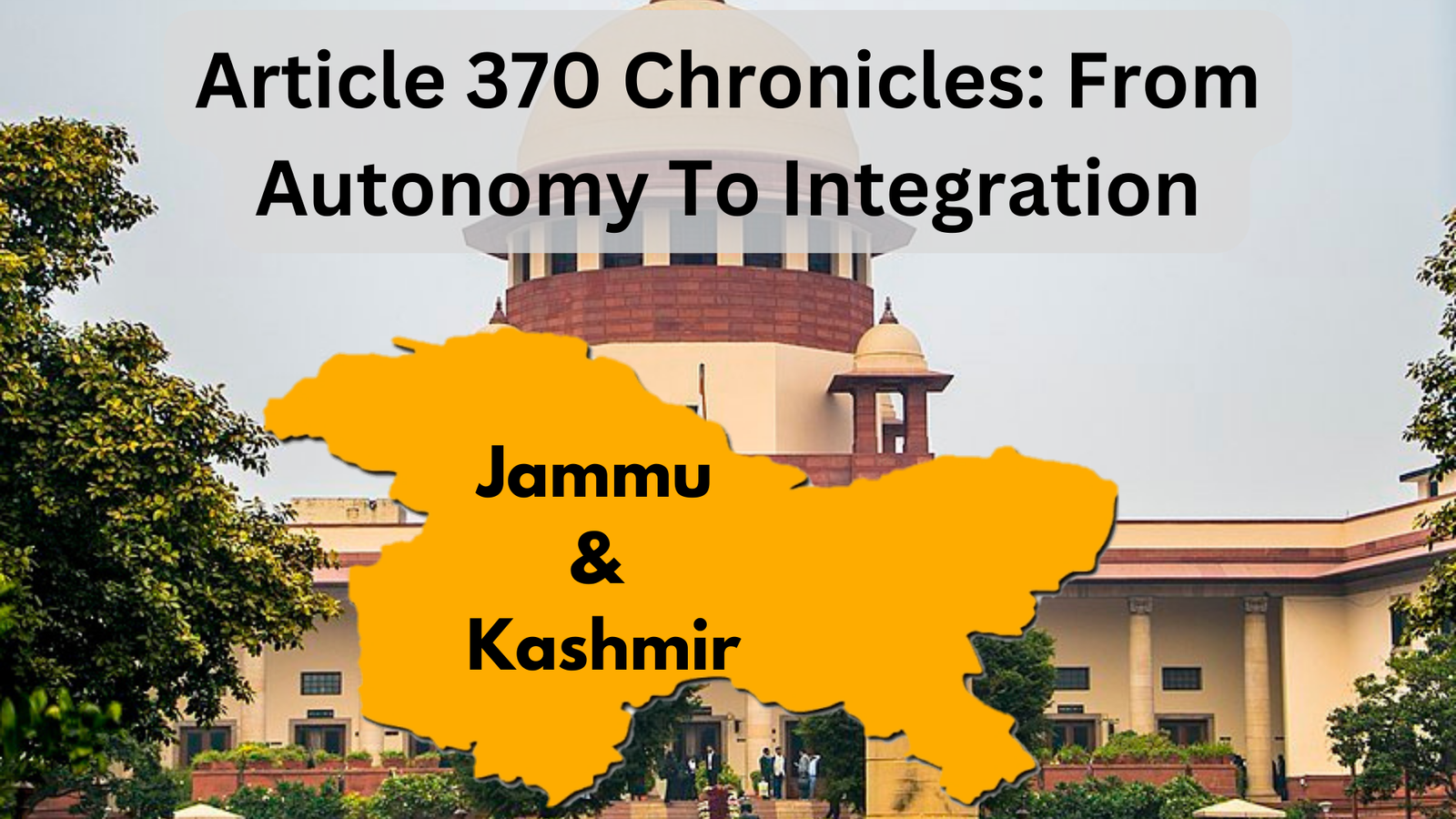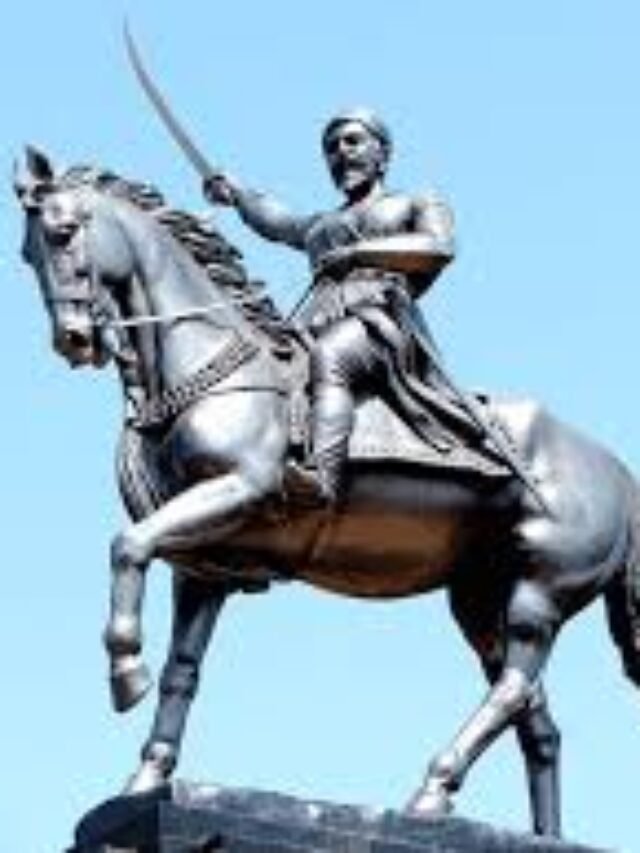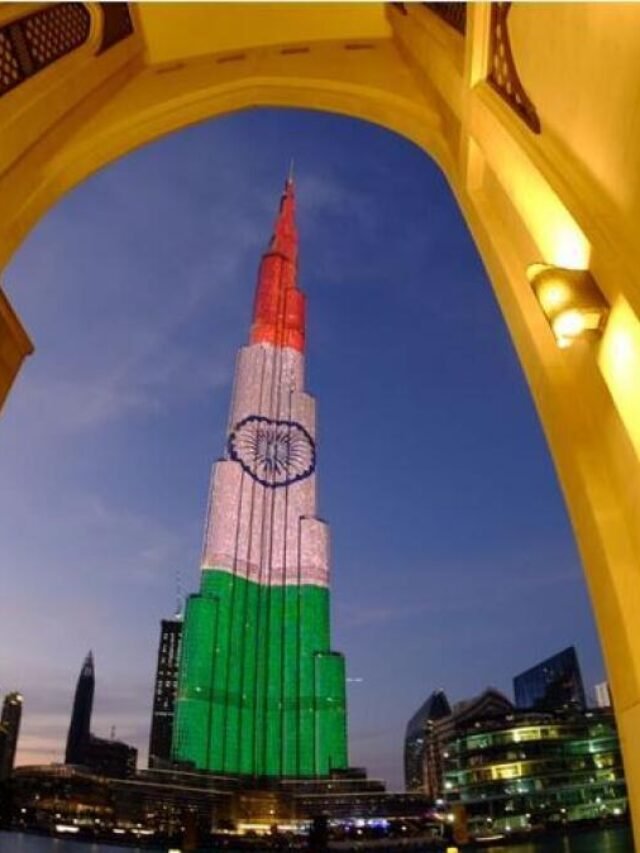Article 370 Chronicles: From Autonomy to Integration
Introduction:
Article 370, initially designed as an interim provision in the “Temporary, Transitional and Special Provisions” of Part XXI of the Indian Constitution, played a pivotal role in shaping the relationship between the Indian Union and the erstwhile state of Jammu and Kashmir.
Drafting of Article 370
Born out of the war conditions prevailing in the state, Article 370 was included as a temporary and transitional arrangement in the Indian Constitution.
Special Status and Autonomy
Article 370 granted Jammu and Kashmir a unique status, allowing the state to have its constitution, a state flag, and control over internal administration. However, defense, foreign affairs, finance, and communications remained under the purview of the central government.
Historical Roots
The autonomy provided by Article 370 was deeply rooted in the historical context of Jammu and Kashmir’s accession to India and its colonial past.
Abrogation by the Central Government
Four years after its abrogation by the central government, the Supreme Court, on December 11, delivered a unanimous verdict upholding the decision to revoke Article 370.
Article 370, now relegated to the annals of history, has a distinct origin story within the Indian Constitution. Under the British rule spanning from 1846 to 1858, Jammu and Kashmir existed as a princely state in a subsidiary alliance with the British East India Company, later coming under the direct control of the British Crown until 1947. The creation of this princely state occurred after the First Anglo-Sikh War when the East India Company, having acquired the Kashmir Valley as war indemnity from the Sikhs, sold it to Maharaja Gulab Singh of Jammu for Rs 75 lakh.
While Jammu and Kashmir maintained its status as part of the British Raj, it retained a significant degree of sovereignty, except in matters related to defense, foreign affairs, and communications. Additionally, the state imposed restrictions on outsiders owning properties within its borders.
However, the landscape shifted dramatically in 1947. As the Partition unfolded, Maharaja Hari Singh, the ruler of Jammu and Kashmir, initially refrained from aligning with either India or Pakistan. This stance, however, quickly evolved when tribal militias from Pakistan, supported by the country’s establishment, launched an invasion in October 1947. The Maharaja, faced with this invasion, had to reconsider his decision and ultimately grapple with the complexities of the unfolding political scenario.
In a moment of desperation, Maharaja Hari Singh urgently sought assistance from New Delhi to counter the invasion. Responding to the call, the Indian government, led by Prime Minister Jawaharlal Nehru, agreed to provide support on the condition that Hari Singh sign an Instrument of Accession.
Faced with little choice, the Maharaja acquiesced. However, he took measures to ensure that the Instrument of Accession did not compromise the sovereign status of Jammu and Kashmir. On October 26, 1947, Maharaja Hari Singh formally signed the Instrument of Accession, aligning the princely state with the newly independent India in matters pertaining to defense, foreign affairs, and communications.
The following day, Lord Mountbatten, the then Governor-General of India, officially accepted the agreement of accession, in accordance with the provisions outlined in the Indian Independence Act.
The Adoption of Article 370
The integration of Article 370 into the Constitution found its roots in Clause 7 of the Instrument of Accession. This clause underscored that Jammu and Kashmir’s union with India hinged on the state retaining the right to uphold its constitution and maintain a substantial degree of autonomy. It served as a foundational element that laid the groundwork for the inception of Article 370.
Article 370, a deliberate creation, was tailored to protect these rights, ensuring that Jammu and Kashmir occupied a distinctive and special status within the Indian Union. The task of drafting this significant article was entrusted to N Gopalaswami Ayyangar, a key member of the seven-member Drafting Committee of the Indian Constitution.
Commencing negotiations in July 1949, discussions on the structure of the proposed Article involved key figures such as Jawaharlal Nehru, Sardar Vallabhbhai Patel, and Ayyangar. Notably, Sheikh Abdullah, the Prime Minister of Jammu and Kashmir and a Constituent Assembly member, was actively engaged in these deliberations, contributing to the shaping of Article 370.
After months of ongoing discussions, Article 370 was formally presented for consideration as Article 306A and was officially incorporated into the Constitution by the Constituent Assembly on October 17, 1949.
Necessity of Article 370
Necessity of Article 370: Ayyangar’s Defense and Unraveling Events
In justifying the need for Article 370, Ayyangar presented a robust defense to the Constituent Assembly, highlighting the “special conditions” prevailing in Jammu and Kashmir. These circumstances were shaped by an ongoing war within the state’s borders, marked by a cease-fire agreed upon earlier that year. Ayyangar stressed that despite the cease-fire, the state remained in an unusual and abnormal state, necessitating a tailored administrative approach until normalcy could be restored, akin to other states.
With Jammu and Kashmir lacking a state legislature, Ayyangar proposed the inclusion of Article 306A as an “interim system” until the state formulated its constitution. Subsequently, on January 26, 1950, the Constitution of India was enacted, with Article 370 establishing the foundational framework for Jammu and Kashmir’s relationship with the rest of the country.
Over time, a series of Presidential Orders extended the majority of the Constitution’s provisions to Jammu and Kashmir, gradually eroding the autonomy initially granted by Article 370. This process reached its climax on August 5, 2019, when the government nullified Article 370, resulting in the bifurcation of the state into two Union Territories: Jammu and Kashmir, and Ladakh.
Fast forward to December 11, 2023, where the Supreme Court delivered a unanimous verdict, affirming the government’s decision. The Court underscored the need for elections in Jammu and Kashmir by September 2024 and advocated for the swift restoration of statehood.
Article 370, once a constitutional fixture, is now absent, signifying Jammu and Kashmir’s full integration into the Indian Union. As envisioned by the Supreme Court, the state is poised to regain its statehood, becoming an integral part of India like any other state.
Conclusion
With Article 370 consigned to history, Jammu and Kashmir now stands fully integrated into the Indian Union. As envisioned by the Supreme Court, the state is on the path to regaining its statehood, symbolizing its assimilation into India like any other state.
Frequently asked questions
What was the original purpose of Article 370 in the Indian Constitution?
Article 370 was initially included as an interim provision in the “Temporary, Transitional and Special Provisions” of Part XXI of the Indian Constitution. It played a crucial role in defining the relationship between the Indian Union and the state of Jammu and Kashmir.
What specific conditions led to the drafting and incorporation of Article 370?
Article 370 was born out of the war conditions prevailing in Jammu and Kashmir. It served as a temporary and transitional arrangement to address the unique circumstances in the state.
What events led to the abrogation of Article 370 by the central government?
Four years after its abrogation, the Supreme Court, on December 11, delivered a unanimous verdict upholding the government’s decision to revoke Article 370.
What was the Supreme Court’s verdict on December 11, 2023, regarding Article 370?
The Supreme Court, on December 11, 2023, delivered a unanimous verdict upholding the government’s decision to revoke Article 370. The Court emphasized the need for elections in Jammu and Kashmir by September 2024 and advocated for the swift restoration of statehood.
What is the current status of Jammu and Kashmir in relation to Article 370?
Article 370 is no longer a part of the Constitution, signifying Jammu and Kashmir’s full integration into the Indian Union. The Supreme Court’s decision paves the way for the state to regain its statehood, becoming an integral part of India like any other state.

























